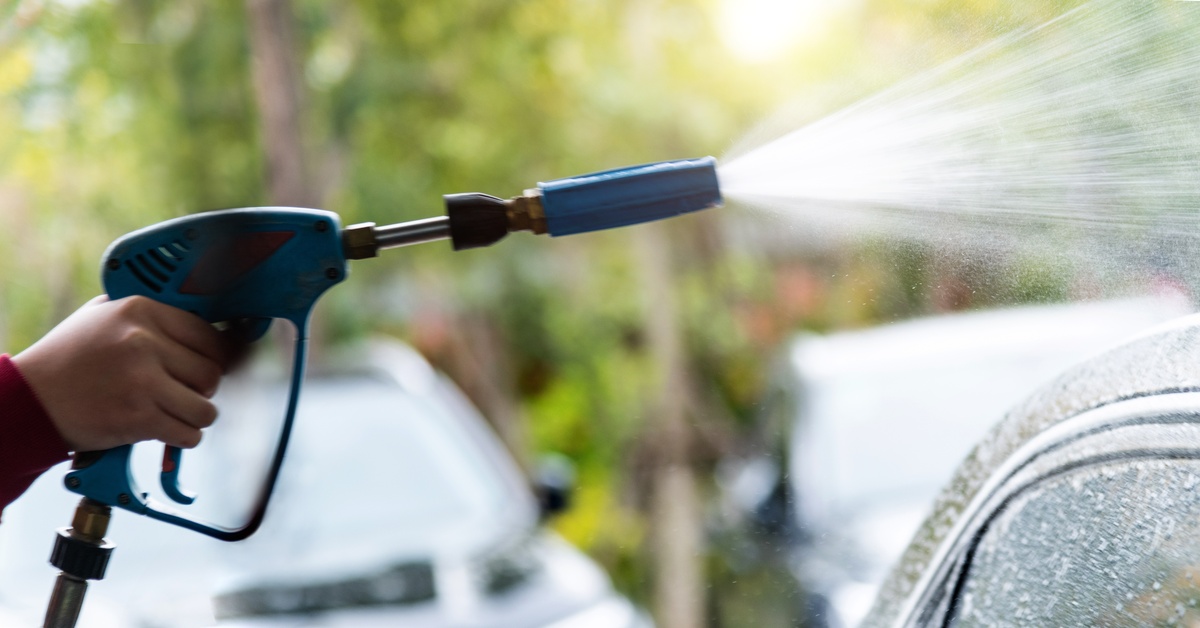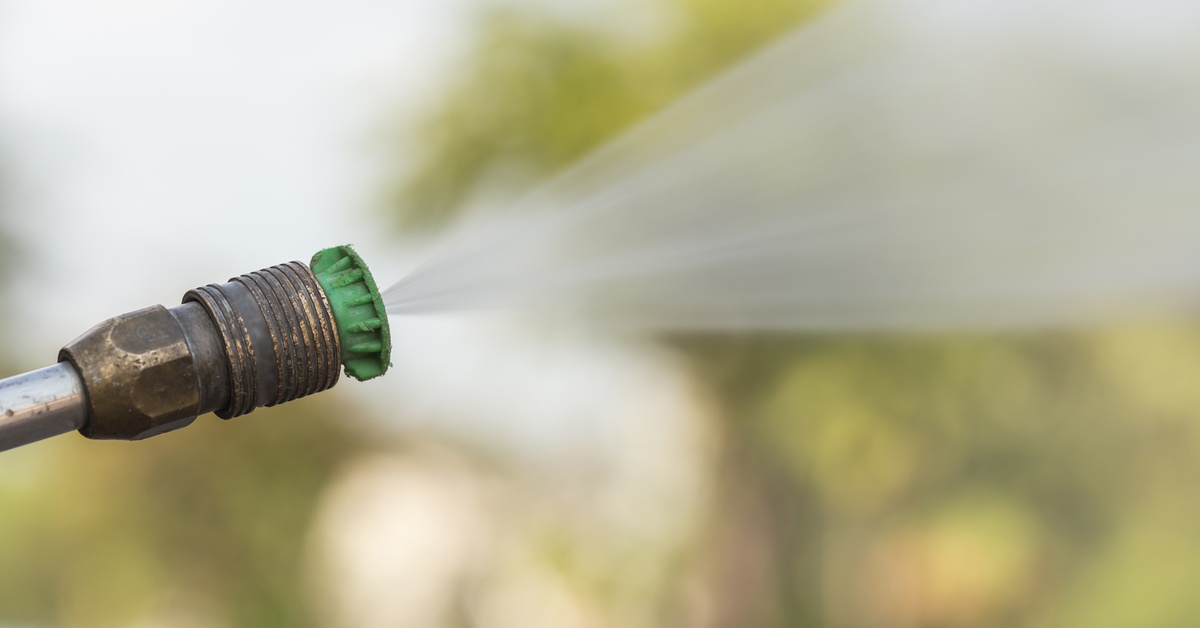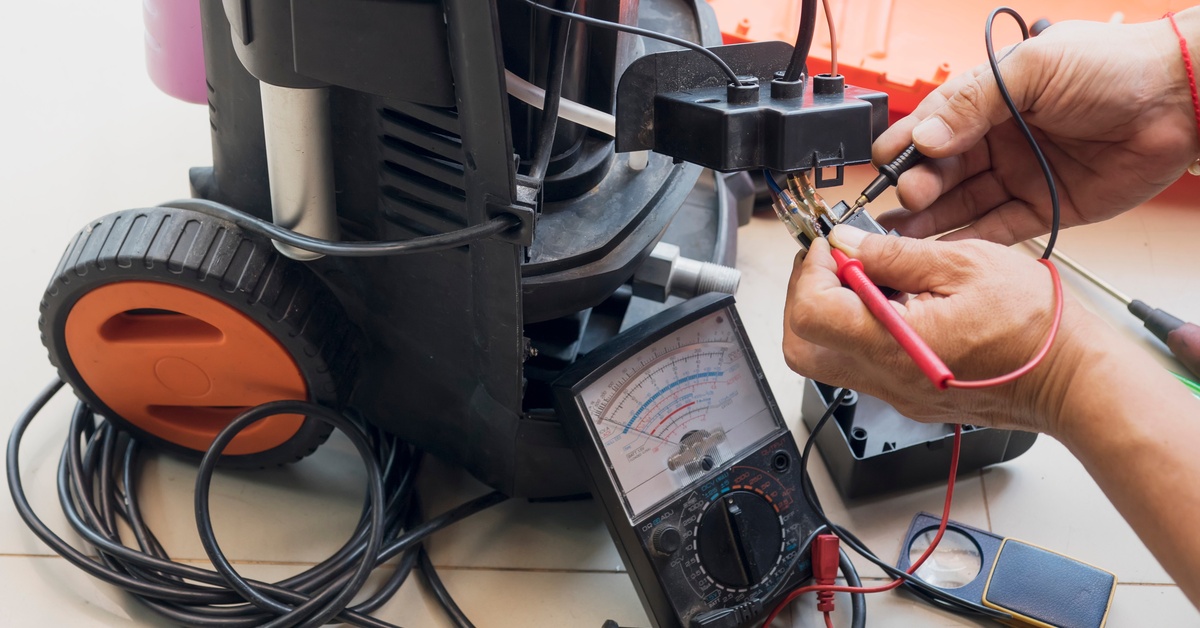
Author: Tyler Mashek
Pressure washer guns are essential tools for applications such as hydro excavation, septic maintenance, and other demanding jobs that require high-pressure cleaning. However, these tools experience substantial wear and tear due to their heavy-duty usage, and understanding the reasons for replacement helps operators maintain their equipment better and optimize their operations.
Here are some of the most common reasons pressure washer guns are replaced, with insights that will help you make informed decisions about maintenance and upgrades.
The intense water pressure and repeated use of pressure washers create stress on the gun’s materials, often leading to fractures in plastic or metal components. Even a small crack disrupts the functionality, as water leakage reduces system efficiency and performance.
Over time, these issues may worsen, compromising the gun’s durability and necessitating replacement to restore optimal working conditions. Regular inspections during and after use allow for early detection of issues before they cause major disruptions.
Clogged nozzles are a common issue for pressure washer guns, particularly in environments with high debris or mineral buildup. When nozzles become obstructed, water flow is uneven, reducing the cleaning efficiency and potentially creating irregular spray patterns.
While unclogging may temporarily resolve the problem, persistent blockages often damage the internal components of the nozzle, necessitating replacement. Using clean water sources and periodically flushing the system minimizes clogging, but guns with repeatedly clogged nozzles require evaluation for replacement.
A trigger that fails to engage or release properly may render a pressure washer gun unusable. Triggers are critical for precision control over water flow, and when they stick, jam, or become unresponsive, the overall operation of the tool is compromised.
Problems such as spring corrosion, debris, or wear on internal mechanisms often cause these malfunctions. While some triggers may receive individual repairs, significant damage to the core trigger mechanism usually requires replacing the entire gun for greater reliability and user safety.
General wear and tear is inevitable in any frequently used equipment, and pressure washer guns are no exception. Gaskets, O-rings, and other components wear out over time, diminishing the performance and safety of the gun.
Gradual degradation of materials, especially under constant high-pressure conditions, makes the gun unreliable and unsafe. Continuously using a severely worn-out gun increases the risk of unexpected failures, making timely replacement an essential part of equipment maintenance.
Upgrading to a new pressure washer system often requires using a gun that’s compatible with its specifications. Factors such as water pressure ratings, flow rates, or connection interfaces may vary between systems, causing issues.
If an old gun can’t handle higher pressures or lacks compatibility with the new system’s fittings, it will need replacement. Before upgrading equipment, evaluate whether existing accessories, including the pressure washer gun, align with the specifications of the new setup.

Corrosion is a huge issue for pressure washer guns, particularly those used in environments where harsh chemicals or frequent exposure to salt water are present. Metal components, such as springs, valves, or internal tubing, are especially susceptible to rust and corrosion, which weakens structural integrity.
If corrosion becomes widespread, it may severely impact functionality and safety, leaving replacement as the only viable option. Investing in corrosion-resistant materials like stainless steel or using appropriate cleaning agents can reduce the likelihood of this issue.
Seals prevent leaks and maintain water pressure in a pressure washer gun. However, seals wear out over time due to friction, high pressure, and thermal stress. Damaged seals result in water leakage and reduced pressure output, directly affecting the cleaning effectiveness of the equipment. While seals are often replaceable, in cases of substantial damage or seal-related issues across multiple components, replacing the entire gun is often more practical and cost-effective.
Long, repetitive use of pressure washer guns leads to hand fatigue, especially if the design is bulky, heavy, or poorly balanced. Many users replace their guns to opt for models with improved ergonomics, such as those featuring lightweight materials, nonslip grips, and better trigger placement.
Pressure washer guns designed for comfort improve user efficiency and minimize the risk of strain or injury over time. Testing different designs and reading ergonomic reviews ensure that upgrades truly improve long-term usability.
Using a pressure washer gun rated for a lower pressure than the washer delivers can damage it, resulting in compromised performance or even dangerous malfunctions. For example, if a gun rated for 2,000 pounds per square inch (PSI) is connected to a system delivering 3,000 PSI, internal components may break under the stress. Match the gun’s pressure rating to the washer system to avoid unnecessary replacements.

The evolution of technology has brought many enhancements to pressure washer guns. Newer models often feature quick-connect nozzles, adjustable spray patterns, and safety locks. Businesses seeking greater efficiency or convenience may replace older guns with upgraded models that offer these innovations. By investing in a pressure washer gun with advanced features, users often enhance their productivity and reduce downtime on challenging jobs.
Exposure to harsh cleaning chemicals degrades the internal components of a pressure washer gun, particularly seals, nozzles, and threading. Chemicals may cause cracking, swelling, or warping, which affects structural integrity and functionality.
Regular practices like flushing the system with water after chemical use or selecting guns designed for chemical resistance mitigate this issue. However, once chemical damage becomes evident, replacing the tool is best.
Accidents happen, and pressure washer guns are not immune to them. Drops, impacts, or mishandling may cause immediate visible damage, such as cracks or dents, rendering the tool inoperable. Additionally, internal parts may become misaligned or damaged, even if external damage appears minimal. Inspecting the gun for external and internal damage after an accident will determine whether repairs are feasible or if a replacement is necessary.
Understanding these common reasons that pressure washer guns need replacement helps professionals in various industries extend the life of their equipment. Addressing wear and damage proactively, investing in compatible and ergonomic models, and upgrading to newer technologies as needed supports efficient and safe operations.
Don’t wait until your tools fail when you need them most. Evaluate your equipment regularly, and if required, upgrade to a reliable, high-performance pressure washer gun that meets your operational needs. Varco Supply has you covered with a range of pressure washer guns and hoses. Browse our supplies today to find what you need.